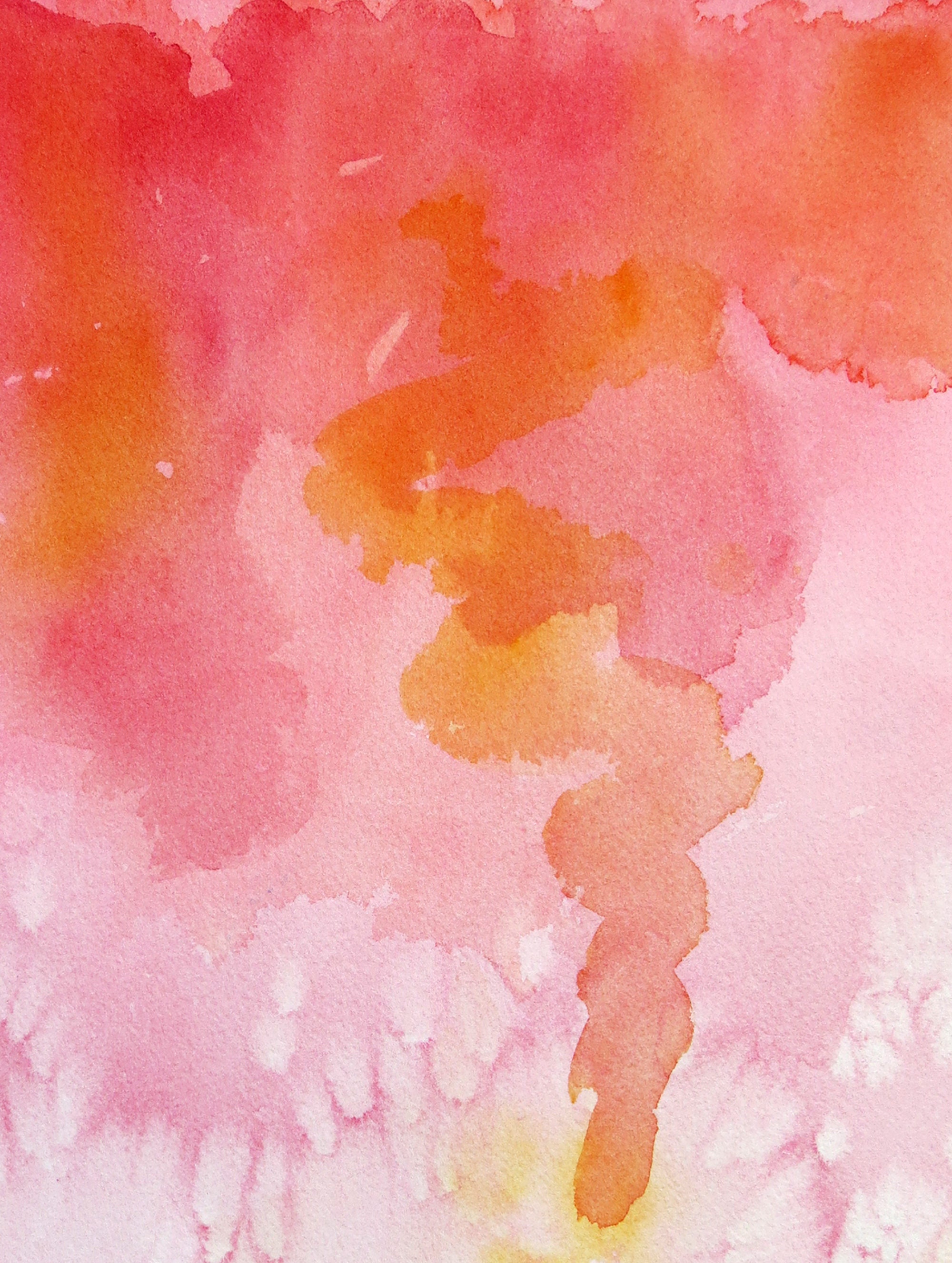
You will see the colors diffuse together!ĥ. Repeat step 3 for the orange, making sure to cover over some of the yellow and also create some new areas for the orange, and then repeat again with the red, and then the purple. Make sure each flower has some yellow, but you can be random in where you drip the color.Ĥ. Use a paint pipette to drip the yellow liquid watercolor onto each of the flowers. Note: We placed a piece of construction paper inside the tray to easily discard after the project.ģ. Pour each color into a plastic cup.Ģ. Place your diffusing flowers on the tray, spread out as much as you can. The more colors you mix, the more variety you will see in your flowers. We chose yellow, orange, red, and purple. Choose the colors you would like to use for your flowers. Now that you’ve learned about lifting watercolour, read our piece on granulation in watercolour.1. Whether you are looking to colour-correct or simply create a particular visual finish with the help of lifting, experiment keeping our suggestions in mind.

#Orange red yellow water color drips professional
View the staining colours in our Professional Watercolour range in the graphic below. Non-staining colours are: all Cadmium-Free colours, Turner’s Yellow, New Gamboge, Winsor Yellow Deep, Indian Yellow, Cadmium Orange, Winsor Orange, Quinacridone Red, Opera Rose, Quinacridone Magenta, Indanthrene Blue, Ultramarine Green Shade, Antwerp Blue, Prussian Blue, Cobalt Turquoise, Green Gold, Naples Yellow, Naples Yellow Deep, Yellow Ochre Light, Yellow Ochre, Burnt Sienna, Light Red, Burnt Umber, Sepia, Smalt, Quinacridone Violet, Transparent Orange, Titanium White, Chinese White, Davy’s Grey, and Lamp Black. Then, gradually, you can introduce the staining colours to your composition. If you’re uncertain about the colouring of your artwork or are new to watercolour, start with non-staining colours. Once dried, these colours can be lifted off to reveal the white paper beneath them. Non-staining watercolours are likely to settle on the paper after the water has evaporated, rather than being immediately absorbed into the surface. 3. Choose colours that are prime for lifting As an added bonus, you’ll be able to slow the drying process and boost gloss and transparency as well. If you’re trying to reduce the degree of staining in your work, try our Gum Arabic, which controls the spread of wet watercolour. But remember, once you’ve applied Lifting Preparation directly to your paper, allow it to fully dry before painting. There’s no need for a wet brush or rag, which would put the surrounding areas of colour at risk. By prepping your paper with it, you’ll be able to lift off dry colour washes, including staining colours. One of our favourite aids for the lifting process is the Lifting Preparation Medium. Our watercolour paper is 100% acid-free, has been developed to increase the longevity of your work and will make your colours appear more vibrant – effects which may not be as achievable with paper not fit for purpose. If you want to be able to lift watercolour, choose from our watercolour paper ranges to maximise the effects. We develop all our products with a specific use in mind, and our range of papers is no exception. It’s a widely-used technique for portraying smoky atmospheres, cloudy skies and other such effects.īut from gently sponging out a small area of watercolour to the more extreme method of washing colours under a dripping tap, there are several ways to go about lifting watercolour washes. To achieve the best results when lifting and staining watercolour, take note of the following three key factors – they could transform your next creative endeavour.

Lifting is not just the watercolourist’s answer to an eraser.


 0 kommentar(er)
0 kommentar(er)
